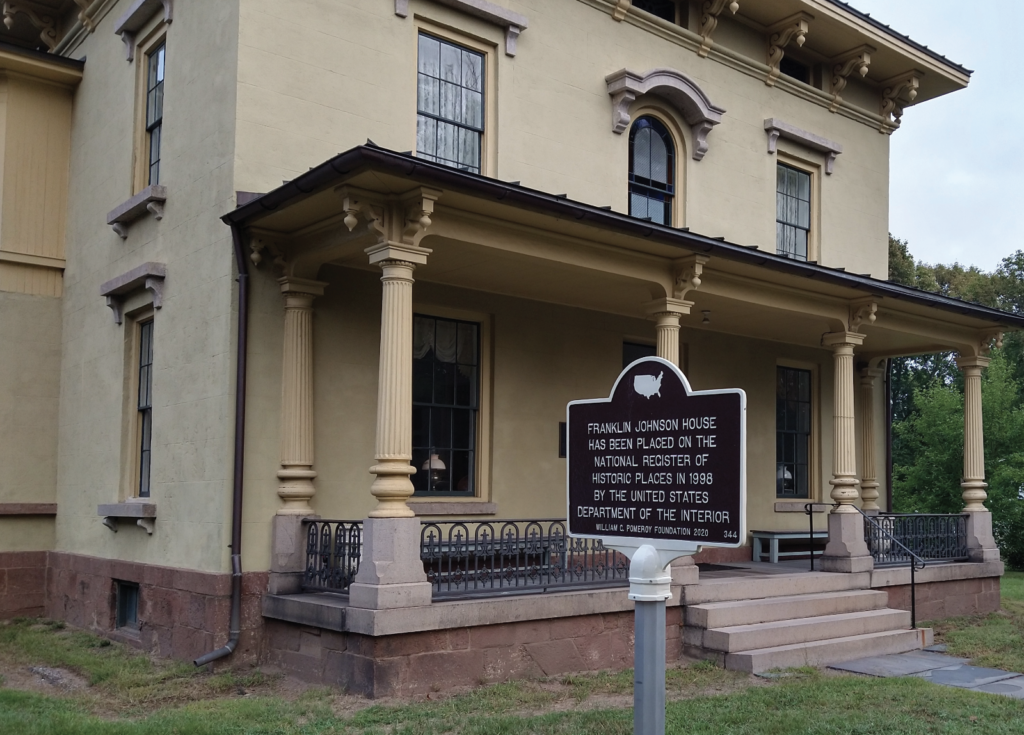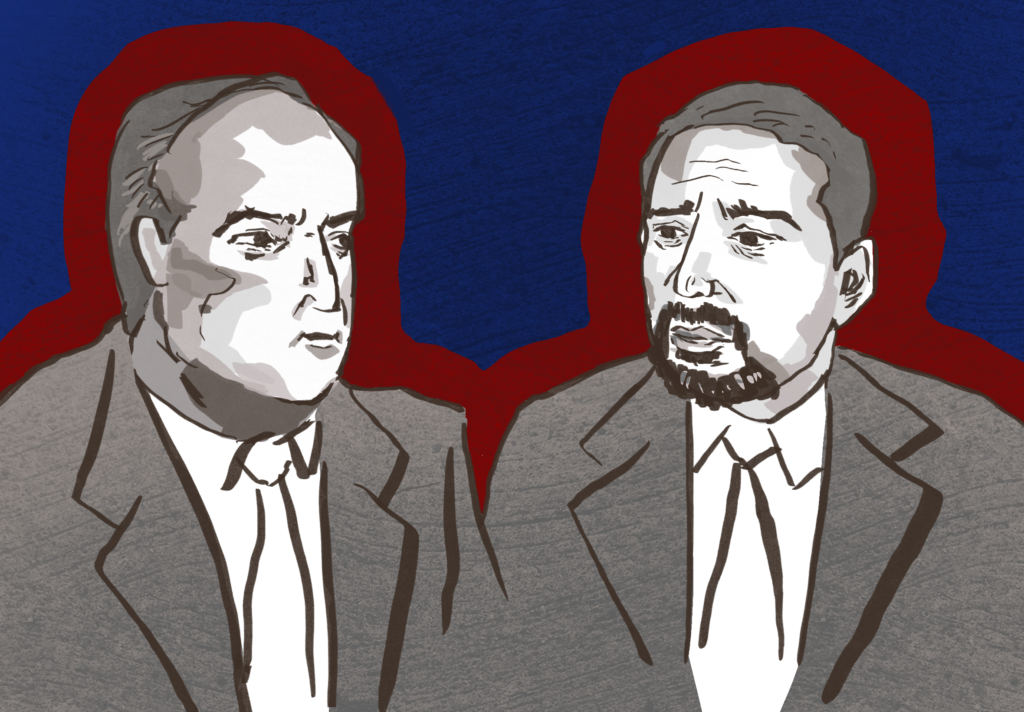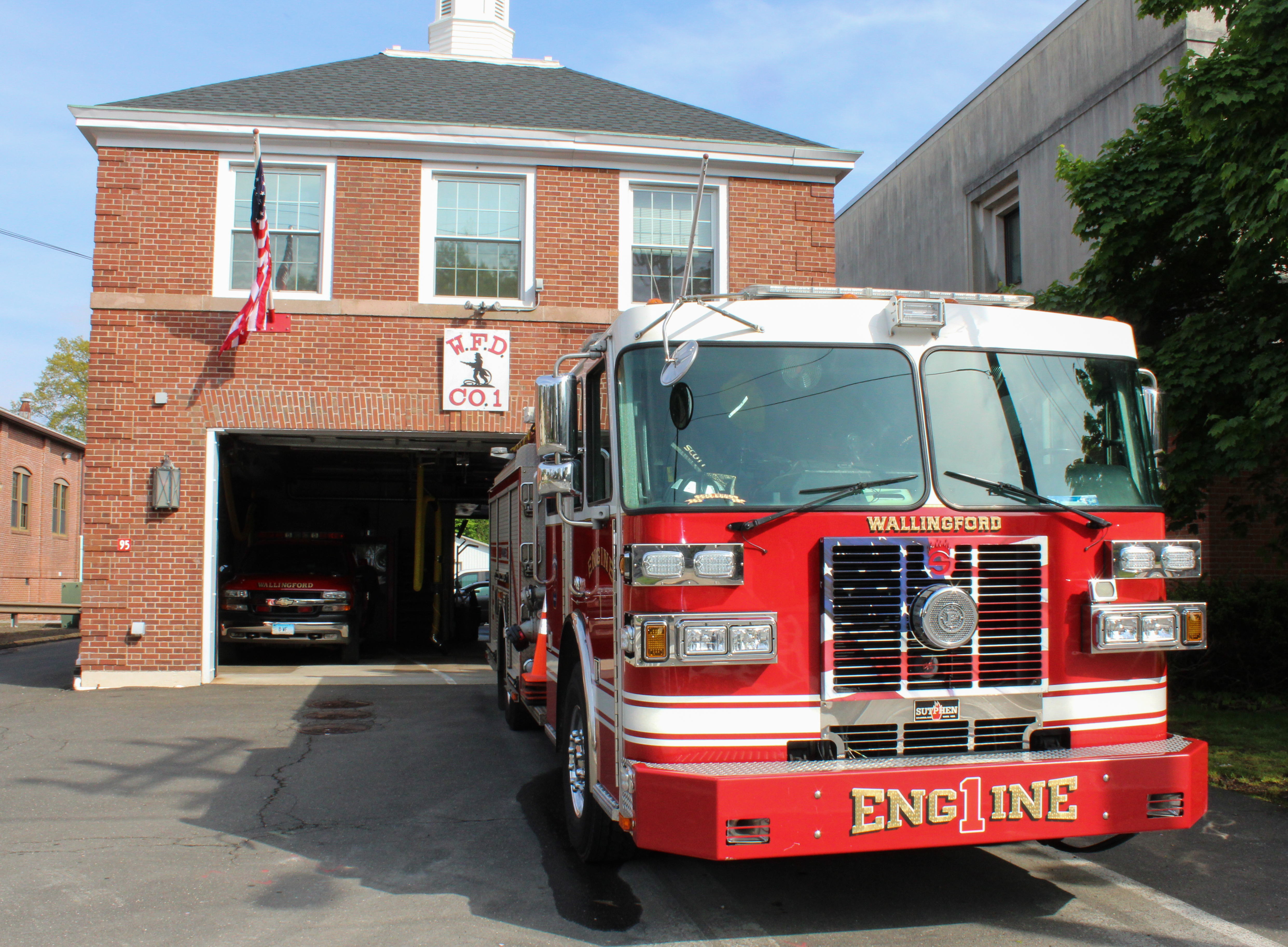
The Johnson Mansion, a historic building in Wallingford with a lesser known connection to enslaved people in Connecticut.
Although the Wallingford 350th anniversary Jubilee was cancelled in 2020, the town embarked on a different significant project to commemorate the town’s history: “Enslaved Wallingford: The Missing Chapter of Our American Narrative.” This project is also referred to as the Black Stories Matter History Project. Though less celebratory and more solemn, the initiativewas created by the Wallingford Historical Preservation Trust (WHPT) serve to publicize the lives and stories of enslaved people of Wallingford from 1670 to 1840, as well as the town’s free African-American community in the late 19th-century.
WHPT’s president, Mr. Jerry Farrell Jr. ’86, founded the Trust in 1991 hoping to preserve, interpret, and educate the public about the early historic structures and culture of the town. “Wallingford needed more of a focus and a better telling of the many stories that deserve a deeper dive and a deeper look,” he explained.
A major component of the Trust is its historically-significant properties: the Johnson Mansion, which features the American Silver Museum, and the Royce House, Wallingford’s oldest building. Both houses have ties to slavery, and the Black Stories Matter History Project aims to to acknowledge and educate on that connection. In order to further expand on the Trust’s goals, Choate Catholic spiritual director and project consultant, Mrs. Lorraine Connelly, said, “We’re going to have a permanent exhibit that will be available to the public in June 2022 at the Royce House.”
At Wallingford’s first ever Juneteenth celebration on June 19, 2021, the WHPT read the names of 400 enslaved Black people from Wallingford as part of a memorial. “These were just the first names of the people we discovered — not a last name,” Mrs. Connelly explained that limited records were because the enslaved Black population was historically considered property instead of people.
Through their research for the project, the WHPT also discovered that in the 1760s, Wallingford’s population of under 4,000 included 182 Black people. The numbers corresponded with other findings that showed that nearly all merchants, physicians, lawyers, ministers, politicians, military officers, and farmers owned enslaved people. Mrs. Connelly expounded upon this reality, saying that one would more likely see a Black person in Wallingford in 1790 than in 2022: “To imagine that in the 1790s, if you walked out of a dorm or I walked out of my home, there was a Black community that existed that we don’t necessarily see today… to me, that is mind-boggling.”
Since the stories of the high population of enslaved people were not chronicled as their white contemporaries were, the WHPT hired Mr. Chris Menapace, a Senior Educator at Discovering Amistad and independent scholar, to further investigate Black life in Wallingford. Under the guidance of Mr. Menapace, local volunteers from the greater Wallingford community looked up relevant primary documents, including numerous church records, federal census records, and military records to identify the names of individual enslaved peoples and, later, their descendants. In a presentation at the Wallingford Public Library, Mr. Menapace noted, “When most people think of slavery, they think of farm work, but one of the most common professions that enslaved were reverends.” Mr. Farrell also commented, “We always thought those were stories about the American South, but apparently there are just as much stories about New England.”
The Black Stories Matter History Project discovered the connection of enslavers to buildings and historical figures from Choate Rosemary Hall, including the dormitories Atwater, Homestead, and Squire Stanley House, as well as faculty residence John Hall House. Mr. Menapace noted “Every prominent family in Wallingford — the Atwaters, Cookes, Halls, Stanleys, Royces, and Yales — were all enslavers.”
After contacting the Director of Development Mr. Dan Courcey and Director of Equity and Inclusion Dr. Rachel Myers, the WHPT sent a proposal to the School that included plans to place witness stones at some of these properties. On finding out the true origin of many campus buildings, Dr. Myers commented: “I was not surprised. Enslaved people were everywhere in this country, as were those who profited from enslavement. I am grateful to WHPT for taking on their project.” Additionally, Mrs. Connelly explained that analysis of primary documents will be incorporated into Choate’s curriculum “to restore the history and honor the humanity of enslaved individuals who helped build our communities.”
For a model of what the witness stone project could look like at Choate, John Reach ’24 talked about his own project at the Country School in Madison, Connecticut. “Recognizing and appreciating [enslaved people’s] humanity granted us a better appreciation for each individual life, and made information from history textbooks personal. … I hope to share this type of experience with others in the future, and to continue to uncover more about the lives of people who were enslaved,” he said.




